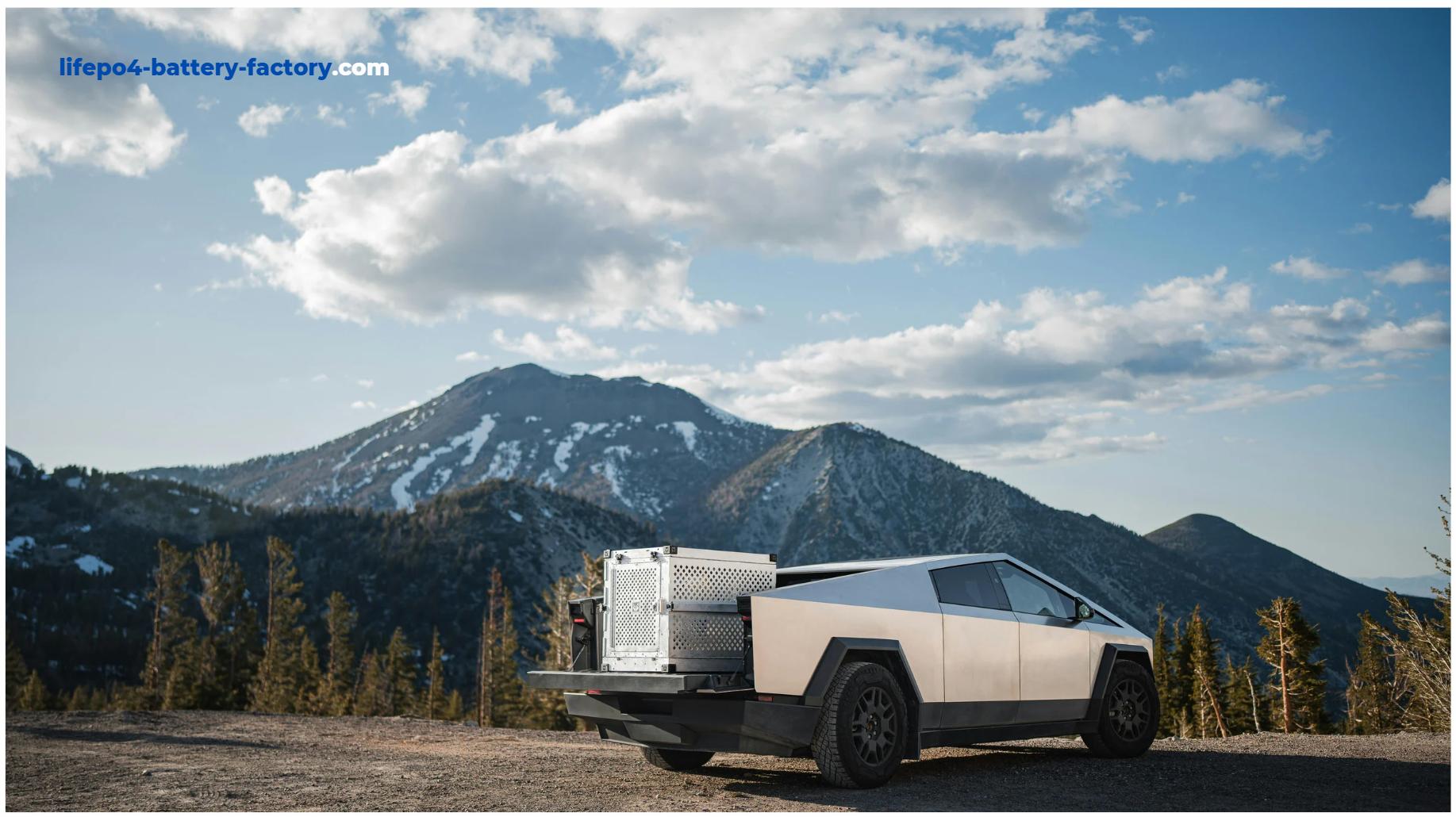
How BYD Emerges as Tesla’s Main Competitor in China
BYD has emerged as Tesla’s main competitor in China, leveraging its extensive battery manufacturing capabilities and competitive pricing strategies. This article explores how BYD has grown within the electric vehicle (EV) market, its strategies for competing with Tesla, and the implications for both companies moving forward.
What Makes BYD a Major Competitor to Tesla?
BYD, short for “Build Your Dreams,” is one of the largest electric vehicle manufacturers in China and is recognized as a formidable competitor to Tesla. The company’s extensive portfolio includes not only electric cars but also buses and trucks, giving it a broader market presence. Furthermore, BYD’s integration of battery production into its operations allows it to maintain lower costs and higher margins compared to competitors reliant on third-party suppliers.Chart: Comparison of EV Market Share in China
| Company | Market Share (%) | Sales Volume (2025) |
|---|---|---|
| BYD | 30% | 1.8 million |
| Tesla | 6.7% | 740,000 |
| NIO | 3% | 120,000 |
How Has BYD Grown in the Electric Vehicle Market?
BYD has experienced rapid growth in the electric vehicle market due to several factors:
- Diversified Product Line: Offering a range of vehicles from affordable models like the Seagull to luxury options, catering to different consumer segments.
- Strong Sales Performance: In recent years, BYD has consistently reported increasing sales figures, surpassing Tesla in quarterly production.
- Global Expansion: The company has expanded its footprint beyond China, entering markets in Europe, Latin America, and Asia.
What Strategies Does BYD Use to Compete with Tesla?
BYD employs various strategies to strengthen its competitive position against Tesla:
- Cost Leadership: By producing batteries in-house, BYD reduces reliance on external suppliers and keeps costs low.
- Government Incentives: Leveraging substantial government support through subsidies and tax breaks helps maintain competitive pricing.
- Local Adaptation: Tailoring products to meet local consumer preferences and regulations enhances market acceptance.
Chart: Key Strategies Employed by BYD
| Strategy | Description |
|---|---|
| Cost Leadership | In-house battery production |
| Government Support | Utilization of subsidies |
| Local Adaptation | Customizing products for local markets |
How Do BYD’s Prices Compare to Tesla’s?
BYD offers significantly lower-priced models compared to Tesla, making it attractive to budget-conscious consumers:
- Entry-Level Pricing: For instance, the entry-level BYD Seagull starts at around $11,000, while Tesla’s Model 3 begins at approximately $36,000.
- Value Proposition: Despite lower prices, many of BYD’s vehicles come equipped with advanced technology and features that appeal to consumers.
What Are the Future Prospects for BYD and Tesla?
The future prospects for both companies are intertwined with market dynamics:
- Continued Growth for BYD: Analysts predict that as demand for EVs grows globally, BYD will continue expanding its market share through innovation and strategic partnerships.
- Tesla’s Adaptation: To maintain its position, Tesla may need to introduce more affordable models and enhance its production capabilities in response to increasing competition.
How Does Government Support Influence BYD’s Success?
Government support plays a critical role in shaping BYD’s success:
- Subsidies and Incentives: The Chinese government has provided extensive financial support to promote electric vehicles as part of its environmental goals.
- Infrastructure Development: Investments in charging infrastructure have facilitated greater adoption of electric vehicles across China.
What Challenges Does BYD Face in Competing with Tesla?
Despite its successes, BYD faces several challenges:
- Intense Competition: The Chinese EV market is crowded with numerous competitors vying for market share.
- Global Expansion Risks: As it enters international markets, BYD must navigate different regulatory environments and consumer preferences.
- Technological Advancements: Keeping pace with rapid technological changes is crucial for maintaining competitiveness against established players like Tesla.
Industrial News
Recent reports highlight the ongoing competition between Tesla and Chinese automaker BYD as both companies strive for dominance in the rapidly growing electric vehicle market. With increasing sales figures reported by both firms, analysts are closely monitoring their strategies as they adapt to changing consumer preferences and regulatory landscapes. Additionally, government incentives continue to play a significant role in shaping the competitive dynamics within China’s EV sector.
LiFePO4 Battery Expert Views
“BYD’s ability to integrate battery production into its vehicle manufacturing gives it a significant edge over competitors,” says Dr. Alan Wu, an expert in battery technology. “As global demand for EVs rises, companies like BYD that can keep costs low while maintaining quality will likely thrive.”
FAQ Section
- Q1: Who is Tesla’s biggest competitor in China?
Tesla’s biggest competitor in China is BYD, which has surpassed it in sales volume due to lower-priced models and strong government support. - Q2: How does BYD maintain competitive pricing?
BYD maintains competitive pricing through in-house battery production and leveraging government subsidies. - Q3: What challenges does BYD face as it expands globally?
BYD faces challenges such as intense competition from other EV makers and navigating different regulatory environments as it enters new markets.
